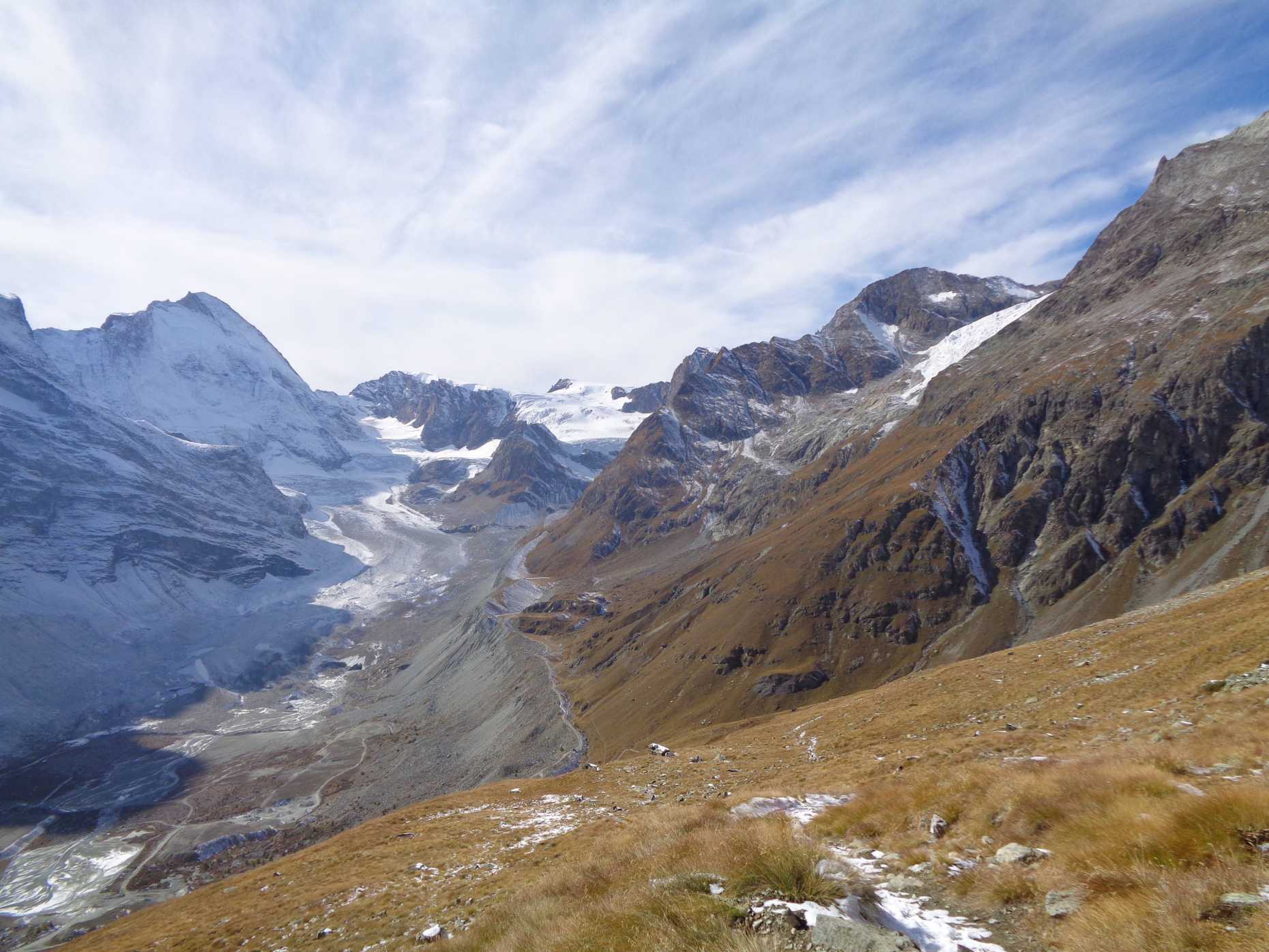Discussion paper on the effects of a warmer climate on suspended sediment dynamics of a large alpine catchment published in HESSD
Anna Costa and Peter Molnar published the manuscript "Temperature signal in suspended sediment export from an Alpine catchment" as a discussion paper in HESSD.
Erosion processes and sediment dynamics in Alpine catchments are determined by geological, anthropogenic, and climatic factors. In this work, the Authors explored the impacts of a warmer climate on suspended sediment dynamics of a large, regulated and human–impacted Alpine catchment.
The upper Rhône River Basin draining into Lake Geneva in Switzerland has experienced a sudden rise in air temperature that coincided with a rise in suspended sediment concentrations (SSC) in the mid–1980s. The Authors have investigated the potential causes of the observed increase in SSC by focusing on two factors: transport capacity and sediment supply. For transport capacity they analyzed daily streamflow at the catchment outlet, while for sediment supply we conceptualize the upper Rhône Basin as a series of spatially distributed sediment sources (glacier erosion, hillslope erosion, channel erosion, mass wasting erosion) that are activated or deactivated throughout the hydrological year by three main hydroclimatic variables: snowmelt, ice-melt and erosive rainfall. Time series of discharge, precipitation and temperature–driven snowmelt, snow cover and ice–melt simulated with a spatially distributed degree–day model, together with erosive rainfall on snow–free surfaces, were analysed and statistical tests were applied to identify possible reasons for the rise in SSC.
Results showed that temperature–driven enhanced melting of glaciers, occurred in mid-1980s, played a dominant role in SSC rise through: (1) increased flow derived from sediment–rich proglacial areas; (2) larger relative contribution of sediment–rich ice–melt compared to snowmelt and precipitation; and (3) increased sediment supply in hydrologically connected proglacial areas due to glacier recession. The reduced extent and duration of snow cover in the catchment may also have partly contributed to the rise in SSC through hillslope erosion by rainfall on snow free surfaces, and by reducing snow cover on the surface of the glaciers and thereby increasing meltwater production. Discharge did not show any statistically significant change between the period before and after mid-1980s. Therefore transport capacity was not capable to explain alone the abrupt increase in SSC.
This emphasizes that to explain changes in suspended sediment transport from large Alpine catchments it is necessary to include an understanding of the multitude of sediment sources involved together with the hydroclimatic conditioning of their activation (e.g. changes in precipitation, runoff, air temperature). This is particularly relevant for quantifying climate change and hydropower impacts on streamflow and sediment budgets in high Alpine catchments.
Although these results apply specifically to the Rhône Basin, the methodology and approach is generally valid for any Alpine catchment with similar sediment sources and hydroclimatic forcing.
The paper is now accessible and open for interactive public discussion at: external pagehttp://www.hydrol-earth-syst-sci-discuss.net/hess-2017-2/call_made

Reference
Costa, A., Molnar, P., Stutenbecker, L., Bakker, M., Silva, T. A., Schlunegger, F., Lane, S. N., Loizeau, J.-L., and Girardclos, S. (2107). Temperature signal in suspended sediment export from an Alpine catchment, Hydrol. Earth Syst. Sci. Discuss., doi:external page10.5194/hess-2017-2call_made, in review.
